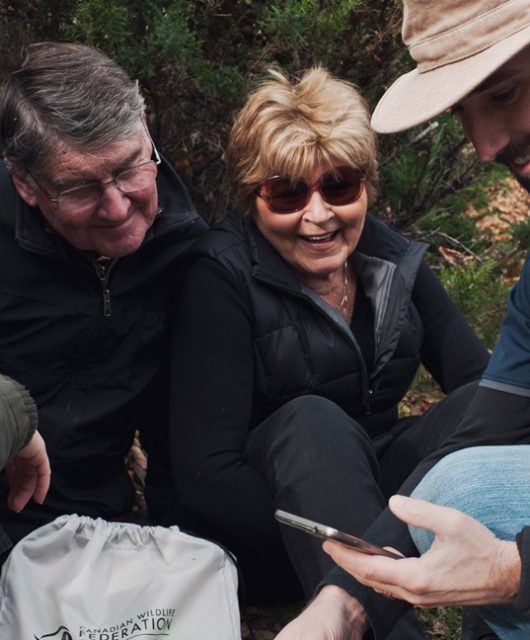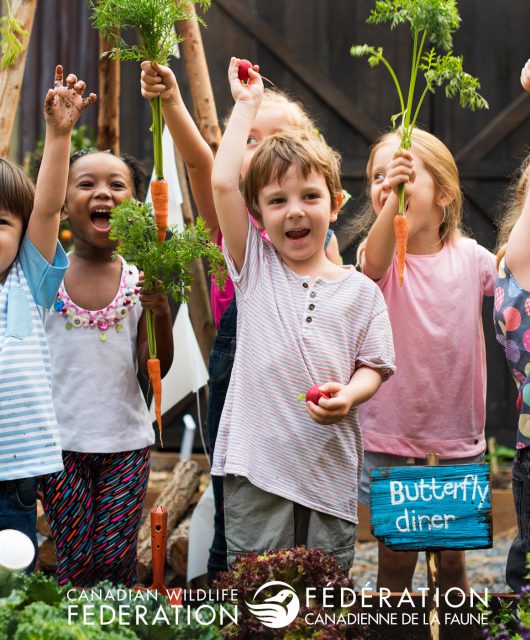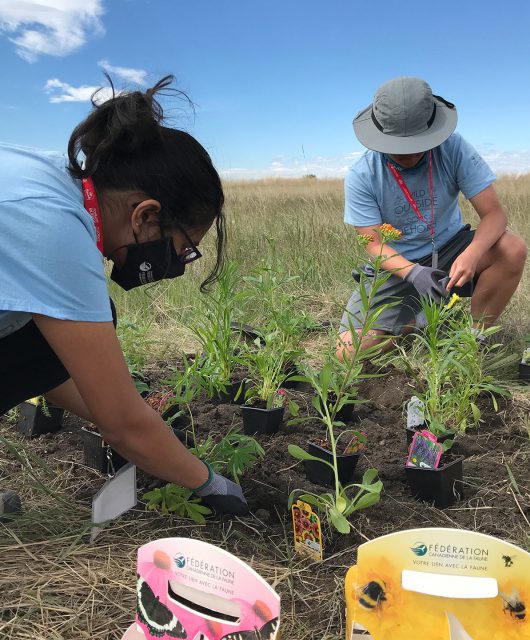It is so rewarding to feel as if you are making a change, influencing minds of the new generation. A love for nature, an appreciation for wildlife and knowledge of the benefits of conservation all start at a young age. In a time when too many kids spend their years indoors to learn, study and also have fun, we need to encourage those few that have an interest in a more sustainable and diverse future.
At my Canadian Conservation Corps stage two field experience position at the Calgary Zoo I have been creating pre and post zoo program information. My CCC cohort Luke and I have been researching the amazing conservation work the zoo has been doing for the Vancouver marmot, the black tailed prairie dog and the whooping crane to name a few. I was pleased to find that the Calgary Zoo is the fifth in conservation organizations worldwide in releasing endangered animals into the wild.
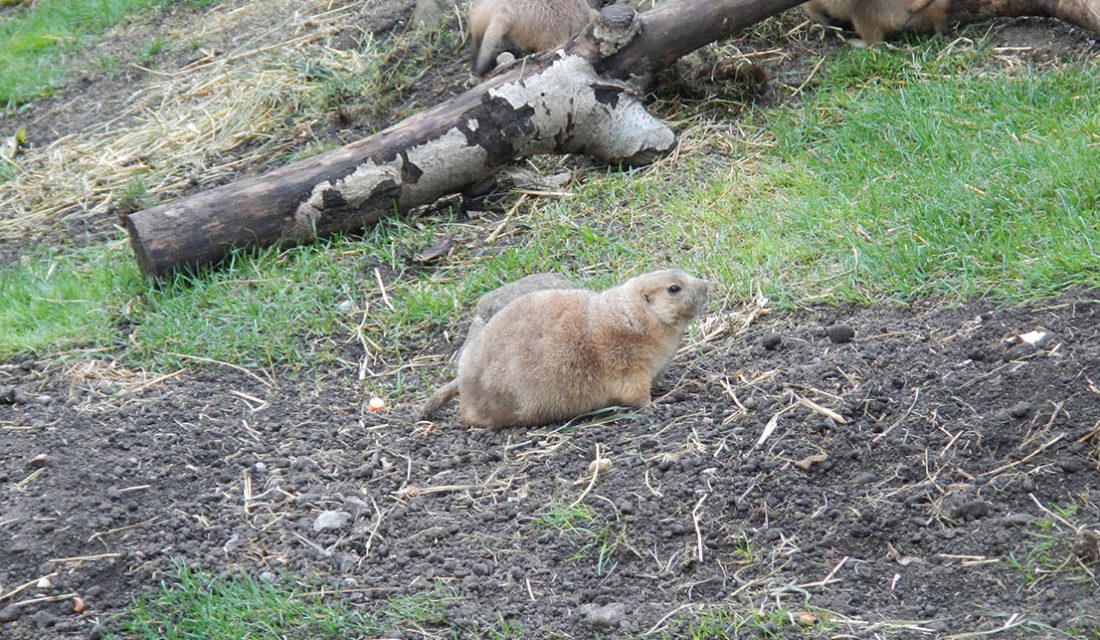
I initially had reservations about working at a zoo but this great place has met and surpassed my expectations in the realm of animal conservation. Here the animals have a varied diet and different sorts of enrichment items and activities that are introduced into their habitats. This is done to keep their minds quick and active as well as exercise different muscle groups. Animals that are well taken care of generally live much longer than they do in the wild. Because they live such long lives, animals suffer the same health problems as humans: stiff joints, slower minds and aching muscles. These enrichment items help mitigate the problems caused by old age.
Another conservation effort in which the zoo takes part is the Species Survival Program (SSP). It has been described as the Tinder for tigers! There are ledgers and family histories of every animal within the program this ensures the genetic diversity of the offspring of endangered animals.
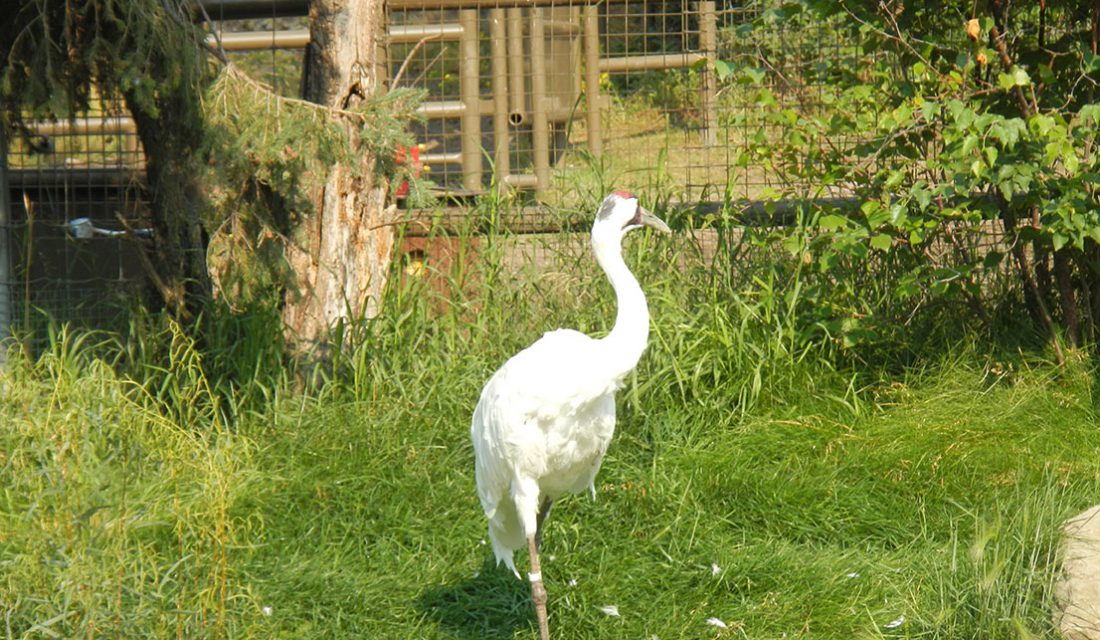
In addition to rehabilitating animals and taking part in the SSP the Zoo hosts school programs that teach K-12 students about various scientific principles. This is where Luke and I come in. The education department of the Calgary Zoo wants to give teachers more tools to engage with children about the benefits of conservation. We have been writing activities and gathering information based on everything from penguin poop to GMOs. These activities also need to have these criteria: relevant to the school program, relevant to youth, relevant to zoo goals, values, issues, gets the students outside, includes literacy and numeracy components relevant to the Alberta curriculum, introduces individual animals at the zoo. On top of that all of these activities need to be doable in one class period. We clearly have our work cut out for us!
People tend to enjoy and appreciate things more when they can engage with them personally. This is the challenge of conservation today. With too many people spending their free time inside and living in cities with limited green space there is little opportunity to build a personal connection to nature. What Luke and I are doing at the zoo and other similar programs will hopefully shift the trend towards a greater appreciation for nature. We work with so many passionate people who feel the same way, it’s hard to believe otherwise!


